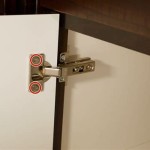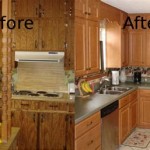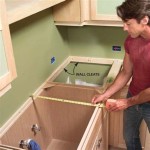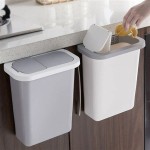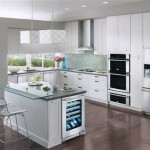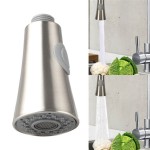The kitchen cabinet boxes are a critical component of any kitchen, as they provide both storage and aesthetic value to the space. It’s important to understand the anatomy of these boxes in order to make the best decisions when it comes to design, materials, and installation. Read on to learn more about the components that make up your kitchen cabinet boxes.
Carcass
The carcass is the main structure of a kitchen cabinet box. It consists of the four sides, top and bottom of the box, and is usually made from either plywood or particle board. The sides of the carcass are usually connected together with glue, screws, or dowels. A carcass should be strong enough to support the weight of the items you’ll be storing in it, so it’s important to choose a material that is durable and long-lasting.
Shelves
Shelves are one of the most important components of a kitchen cabinet box. Shelves are typically made of either wood or metal and can be adjustable, allowing you to customize the storage space to fit your needs. They can also be constructed with either a solid or open back, depending on the type of storage you’re looking for.
Drawers
Drawers can be added to kitchen cabinet boxes to provide extra storage space. Drawers can be either metal or wood and come in a variety of sizes and styles. They can also be fitted with either soft-close or full-extension slides to make it easy to access items stored in the drawer. Drawers can also be customized with a variety of accessories, such as dividers, inserts, or even pull-out racks.
Doors
Doors are one of the most visible components of a kitchen cabinet box. They come in a variety of styles and materials, including wood, glass, and metal. Doors can also be framed or frameless, depending on the look you’re trying to achieve. It’s important to choose doors that are durable and easy to clean, as they will be exposed to moisture and food particles.
Hardware
Hardware is the final component of a kitchen cabinet box. It includes hinges, knobs, pulls, and other accessories that allow you to open and close the doors and drawers. It’s important to choose hardware that is both aesthetically pleasing and functional, as it will be visible and will be used on a daily basis.
Understanding the anatomy of kitchen cabinet boxes is key to making the best decisions when it comes to design, materials, and installation. By knowing the components that make up these boxes, you can ensure that your kitchen will be both functional and aesthetically pleasing.















Related Posts

